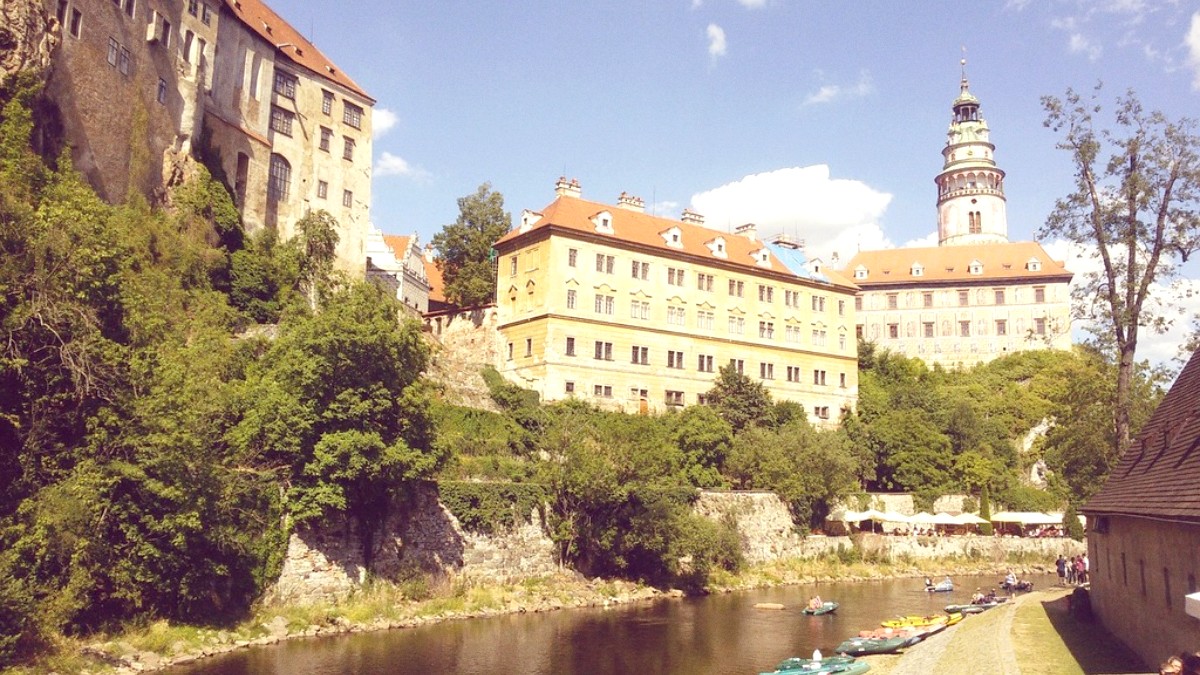
The South, Austria
Carinthian cuisine, "Kärntner Küche," is a distinct part of Austrian gastronomy. It gets influences from its location at the crossroads of Alpine, Adriatic, and Pannonian cultures. You will find Italian (pasta, polenta) and Slovenian (dumplings, stews) elements alongside traditional Austrian dishes. It features hearty, rustic foods, often with cheese, dough, local meats, and freshwater fish.
Expect dishes with local cheese (especially Quark), various forms of pasta or dough, smoked bacon or ham (Speck), potatoes, different flours, apples, plums, forest berries, and freshwater fish like trout. Flavors are typically savory, often rich, and deeply comforting. Spices are subtle, focusing on natural, high-quality local ingredients. Sweet dishes also play a big part.
Carinthian cuisine itself is a strong regional variation within broader Austrian cuisine. Klagenfurt, as the capital, has a good representation of these distinct dishes. While some dishes are common across Carinthia, preparations or local ingredients can differ from valley to valley (e.g., Gailtal has its own cured meats and cheeses).
Breakfast (Frühstück) is typically light. Lunch (Mittagessen) is often a warm, substantial meal; many restaurants have "Mittagsmenü" (lunch menus) that offer good value. Afternoon coffee and cake (Kaffee und Kuchen) is a cherished Austrian tradition. Dinner (Abendessen) can be lighter or a full meal, depending on lunch.
This phrase, meaning "mealtime" or "enjoy your meal," is often heard as a greeting around lunch, notably in a professional setting or when colleagues share a meal. Restaurant staff might use it.
The most iconic Carinthian specialty: hand-filled pasta pockets, traditionally stuffed with quark (curd cheese) and potatoes, uniquely flavored with mint (Minze). Served with melted butter and sometimes bacon bits.
Find in traditional restaurants (Gasthäuser) throughout Klagenfurt.
A sweet, yeast-based cake or bread, baked in a Bundt pan (Reindl). Flavored with cinnamon, sugar, raisins, and sometimes walnuts. Enjoyed for breakfast or with afternoon coffee.
Look for it at local bakeries and cafes.
Cured and smoked bacon or ham from the Gailtal valley, with a protected designation of origin (PDO). It has a distinct, intense flavor. Served as a cold cut with fresh bread and local cheese.
Often found in traditional eateries and at markets.
Common in Austria, they sell various sausages like Bratwurst and Käsekrainer (cheese-filled), served with mustard and a bread roll. A quick, satisfying, inexpensive meal.
A thick slice of "Leberkäse" (baked meatloaf, no liver or cheese) served hot in a bread roll. A popular fast food item.
Classic Austrian apple strudel with thin dough layers, spiced apple filling, often served warm with vanilla sauce or ice cream.
Kaiserschmarrn is a fluffy, shredded pancake, often caramelized with stewed plums. Palatschinken are thin Austrian pancakes, similar to French crêpes, often filled with jam or chocolate.
Klagenfurt and the towns around Lake Wörthersee (e.g., Velden, Pörtschach) have several upscale restaurants. These places present gourmet Carinthian and international cuisine with elegant settings and attentive service.
Klagenfurt's Old Town has many mid-range restaurants. These places offer traditional Austrian and Carinthian dishes, plus international options like Italian, Asian, and Balkan cuisine. They give a comfortable atmosphere and good value.
For more budget-friendly choices, Klagenfurt has various options that allow quick and inexpensive meals without sacrificing local flavor.
This market offers local produce, cheeses, bread, and prepared food stalls. It is an authentic lunch spot with a lively atmosphere.
Good for observing local life and sampling regional specialties.
Klagenfurt has various international restaurants for different tastes. You can find Italian (pizza, pasta), Asian (Chinese, Thai, Indian, Japanese), Turkish, and Balkan cuisine.
These options provide variety from traditional Austrian fare.
Some taverns in the countryside near Klagenfurt serve their own wine and cold platters (Brettljause) of cured meats, cheese, and bread. A rustic, local dining experience.
Many restaurants along Lake Wörthersee have beautiful views and specialize in fresh fish from the lake.
Experience the Austrian coffee house tradition. Enjoy a pastry and coffee, a cherished pastime.
Visit local bakeries for fresh bread, pastries, and sweet treats like Reindling. Ideal for breakfast or an afternoon snack.
Awareness of gluten-free (glutenfrei) needs is growing in Austria. Larger restaurants and hotels generally have ways to accommodate specific requests.
Supermarkets offer a range of gluten-free products.
For other common allergies, clear communication with restaurant staff is important. It is helpful to carry a translation card.
Learning a few German phrases related to your diet or using a translation app (like this) helps.
Look for menu items that naturally omit certain ingredients. For example, fresh salads, grilled fish (Kärntner Laxn), or simple vegetable dishes may suit various diets.
Many traditional dishes feature potatoes and vegetables, which can sometimes be adapted. Be aware that traditional cooking often uses butter and cream.
While not abundant for tourists, private cooking experiences with local chefs can sometimes be arranged through local tourism offices or specialized tour providers. Learn to make Kärntner Kasnudeln.
Explore the countryside around Klagenfurt to find farms that sell their products directly. Many offer unique cheeses, cured meats, or fruit products.
Beyond major festivals, smaller seasonal events occur. These celebrate the harvest, specific local ingredients, or wine releases.
While international food is present, fully engaging with Carinthian cuisine offers a genuine cultural journey.
Seek out Gasthäuser for traditional dishes.
Lunch menus (Mittagsmenü) at mid-range restaurants and market stalls at Benediktinermarkt are excellent for saving money.
Würstelstände for a quick and cheap snack.
Carinthia has a strong dairy tradition. Seek out local cheeses like "Gailtaler Almkäse" at markets or specialty shops.
With many clean lakes, Klagenfurt area restaurants often feature fresh trout, pike-perch, and other lake fish as specialties, especially at lakeside eateries.
The region is known for its cured meats, especially Gailtaler Speck. Enjoy it as part of a "Brettljause" (cold platter).
While exploring Klagenfurt's dining scene, remember that many smaller establishments may prefer cash payments, though card payments are widely accepted in larger restaurants and stores.